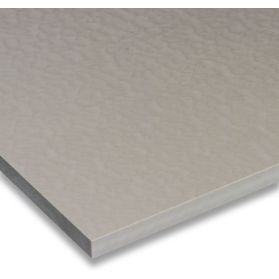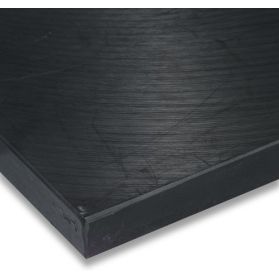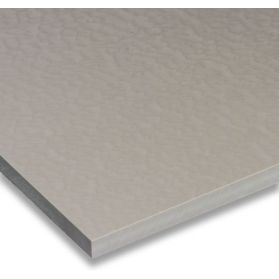Polyetheretherketone (PEEK)
Material properties of polyetheretherketone (PEEK)
PEEK is a semi-crystalline thermoplastic which has almost all the properties expected of a high-performance plastic. PEEK Sheets are a superior choice for demanding applications across various industries. PEEK plates can withstand temperatures up to 250°C, making it suitable for high-temperature environments where other plastics would deform. Thanks to its resistance, it performs reliably in harsh chemical environments. The superior mechanical strength and rigidity make PEEK plates ideal for structural applications, maintaining dimensional stability under load. Additionally, PEEK is biocompatible and can be sterilized, making it suitable for medical and pharmaceutical applications. Its low flammability enhances safety in applications where fire resistance is crucial.
APSOplast® PEEK, natural (brown-grey)
PEEK semi-finished products are made from unreinforced polyetheretherketone raw material and offer the highest toughness and impact strength of all PEEK grades.
APSOplast® PEEK GF30
PEEK + 30% glass fibre, natural (brown-grey)
This 30% glass fibre reinforced grade has a higher stiffness and creep resistance than unreinforced PEEK and has much better dimensional stability. It is well suited for parts that are exposed to high static loads in the higher temperature range for long periods of time. This peek glass fiber is optimal for reinforced sheets and plates. As the glass fibres tend to wear down the mating surface, the suitability as a plain bearing material should be carefully checked in advance for each specific application.
APSOplast® PEEK CF30
PEEK + 30% carbon fibre, black (Carbon fiber PEEK plate)
This PEEK type with 30% carbon fibre reinforced type combines high rigidity, mechanical strength and creep resistance with optimum wear resistance. In addition, the carbon fibres provide 3.5 times higher thermal conductivity than unreinforced PEEK, which means that in sliding elements, the frictional heat is dissipated more quickly from the friction surface.




